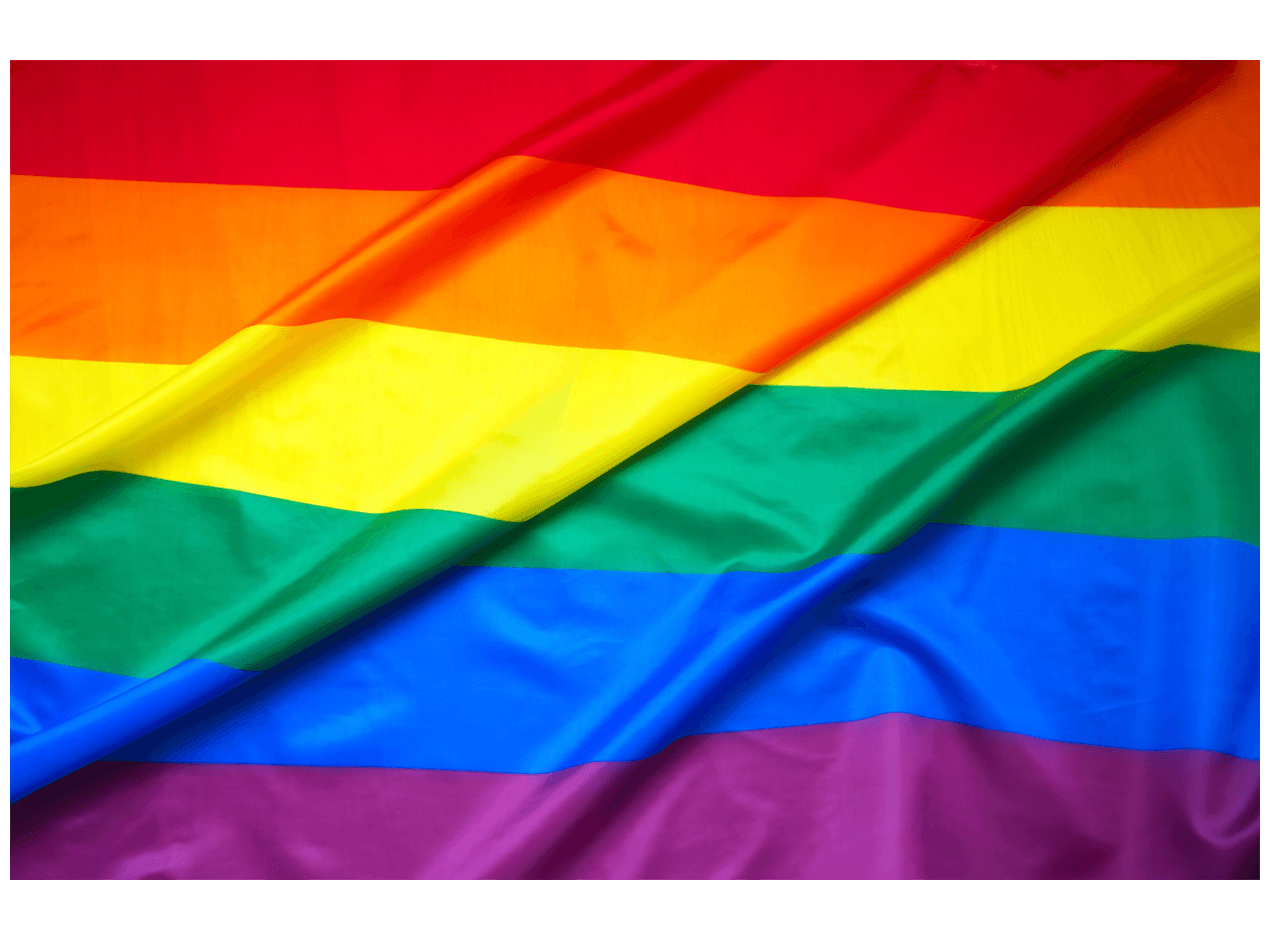As many of you are aware, June is Pride Month; a time to recognize and celebrate the progress of the LGBTQ+ movement since the Stonewall Rebellion in June of 1969. It is interesting (perhaps even poetic) that social justice and equal protection under the law took a big step forward on June 15, when the U.S. Supreme Court ruled that federal civil rights law prohibits workplace discrimination against gay and transgender employees.
The case, Bostock v. Clayton County, was decided by a 6-3 majority on the court. The ruling means Title VII of the Civil Rights Act of 1964 — which already bans discrimination against employees on the basis of race, religion, national origin, and sex — also extends to an employee’s sexual orientation and identity.
In the worlds of jurisprudence and gay rights, this was a landmark decision. For corporate compliance officers, now comes the practical task of assuring that the Bostock ruling is upheld in your own company’s policies, procedures, and practices.
First, Review Your Policies
Compliance officers should begin with a review of corporate policies to confirm that they reflect the language and spirit of the ruling.
For large businesses, this step might not reveal much. According to a 2018 study from the advocacy group Human Rights Campaign, more than 90% of Fortune 500 companies had by that time already adopted non-discrimination policies that included sexual orientation. For these firms, the Bostock decision simply adds the force of law to a trend already well underway.
That said, a policy review is still important for several reasons.
First, smaller companies might not have anti-discrimination policies in place that reflect the Bostock ruling. They’ll need to amend those policies as necessary to clarify points about sexual orientation and gender identity.
Second, the ruling derives from Title VII’s protections based “on the basis of sex.” It’s possible you might have other policies in the corporate handbook that use the same phrase to discuss issues of gender rather than sexual orientation. Ambiguity does nobody any favors in this realm, so you may want to clarify policy language for sexual orientation as well.
Third, at least some organizations, such as religious institutions, will find the Bostock ruling problematic. Nobody yet knows how to square civil rights protections with the freedom of religious beliefs that might be in conflict, but businesses in this category will want to know where all their policy difficulties lie.
Next: Training and Communication
Though most large companies already have a written anti-discrimination policy that protects LGBTQ+ employees, we all know such discrimination still happens.
For example, the Equal Employment Opportunity Commission received more than 1,850 complaints about LGBTQ+ discrimination in 2019, up from 1,100 in 2014. Even at large companies where promotion or firing decisions might be monitored by HR functions attuned to discrimination risks, more subtle workplace harassment happens to LGBTQ+ employees (and others) all the time.
While having a policy is an important first step, it’s still only the start. Compliance programs also need to consider how employee training and executive communications can drive the corporate culture to embrace the anti-discrimination message of the Bostock decision.
One step should be a review and refresh of training materials, to be sure they address Title VII’s protections. Be sure the training here is relevant to what employees actually do on the job; offer tangible examples of how discrimination might happen, rather than a theoretical view of what the law does and doesn’t allow.
However — training modules only take a corporate culture so far. To achieve true change in a corporate culture, executive leadership is crucial. For example, executive management could circulate a statement to employees talking about the organization’s commitment to providing a harassment-free workplace to all employees.
Prepare for Internal Reports
In all likelihood, the Bostock decision will embolden more employees to speak up about harassment, so organizations should anticipate the potential for more LGBTQ+ related reports. Moreover, the litigation risk stemming from LGBTQ+ discrimination is now greater, so companies will need to give such complaints more attention. Other considerations include: Will your investigation management protocols give LGBTQ+ reports the same attention and urgency that other reports of discrimination receive? Do you encourage all employees to report incidents of harassment and discrimination, even if they aren’t personally the victims? Do you have policies requiring supervisors to promptly alert management or HR when they receive reports of harassment or discrimination?
Though important, the Bostock decision is just the latest step in a continuing trend toward greater inclusivity and awareness in the workplace. Through clear communication, new and revised policies and procedures, and effective training, organizations can not only respond to change in the present but help drive and shape its impact moving forward.

